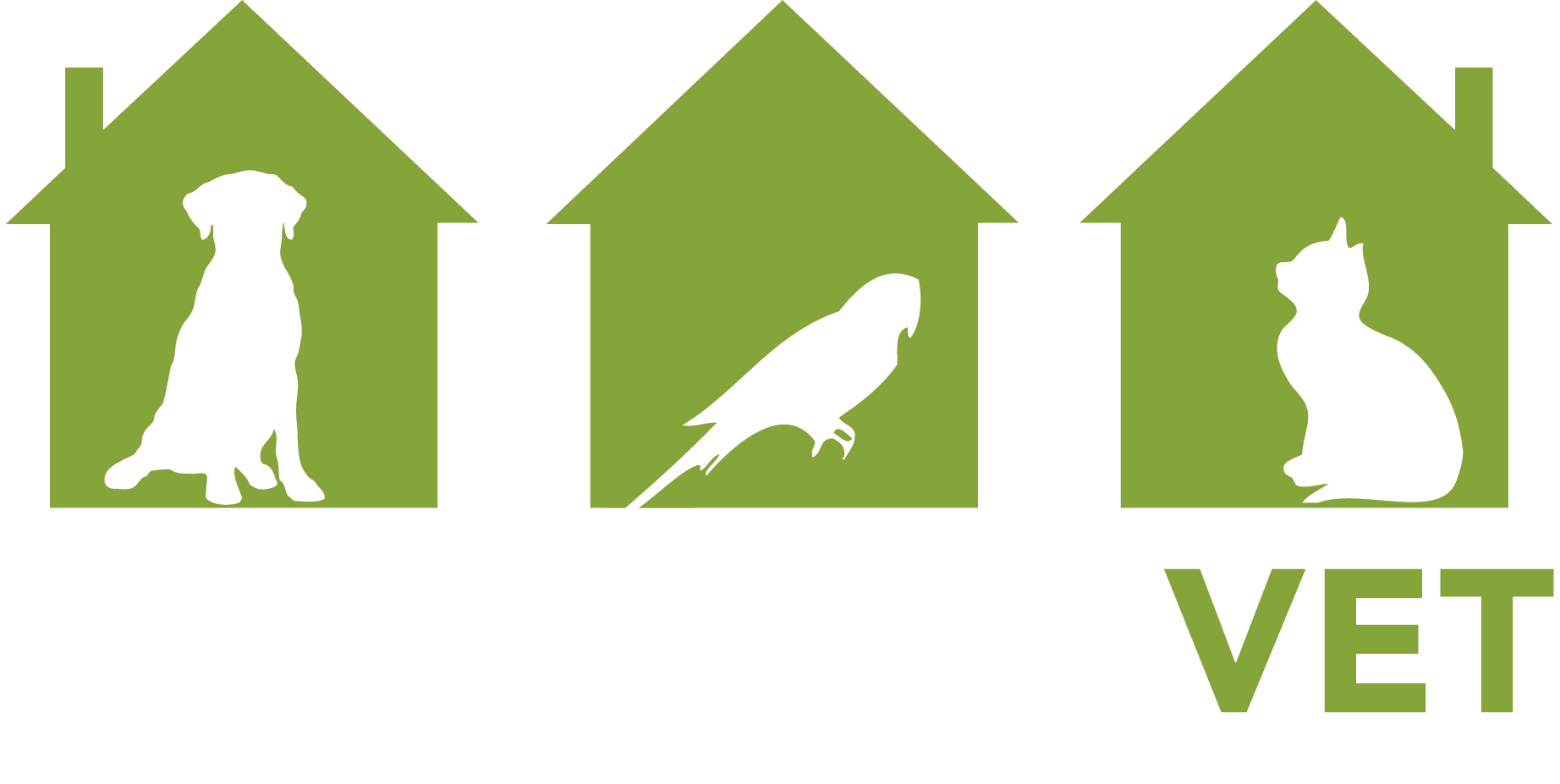We hate to see our pets hurt, but some accidents are unavoidable and all we can do is keep them comfortable and help them recover.
One of the most common injuries we see in pets is a broken bone. Whether it’s a fall from a height, being hit by a car, or even just a slip on the stairs, broken bones are one of the most painful injuries your pet can suffer.
It is essential to identify any signs of pain and potential broken bones in your pet as soon as possible to ensure a speedy recovery. In our latest post, we will be discussing everything you need to know about broken bones in your pet, from the initial injury to the recovery process and top tips to help prevent them where possible.
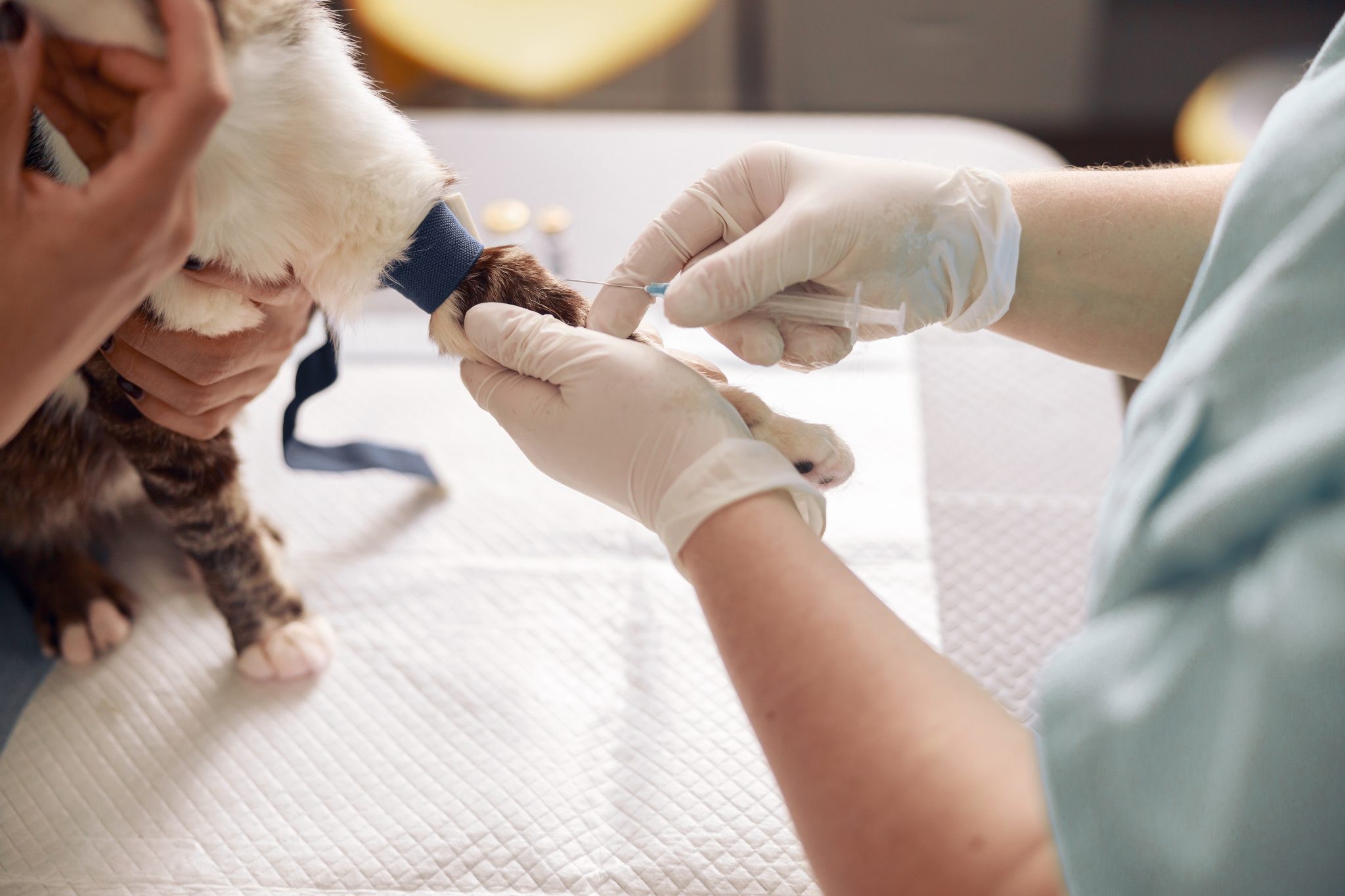
Causes Of Fractures & Broken Bones In Your Pet
There are numerous ways in which your pet can suffer a broken bone, but the most common is due to acute trauma, such as heavy impacts, falls from great heights, fights or injury from athletic activities. However, even simple actions such as falling off a bed or an ill-calculated jump can result in broken bones in some pets.
There are also a number of conditions that can make our pets particularly vulnerable to fractures. these include osteoarthritis, bone infections, and bone cancer.
- Closed Fractures
- Compound or Open Fractures
- Greenstick Fractures
- Epiphyseal Fractures
Fracture Types
Our pets can suffer fractures in a number of ways, ranging from complete fractures to bends and cracks. Where a complete fracture goes all the way through the bone, leaving them in two or more pieces, cracks and bend fractures are incomplete and can be more difficult to spot.
Closed Fractures
This refers to fractures that have not broken the skin. The bone may be in one or more pieces but there is no open wound.
Compound or Open Fractures
An open or compound fracture is where the broken bone has pierced through the skin. These types of fractures are much more serious as the risk of infection is greater.
Greenstick Fractures
A greenstick fracture refers to an incomplete fracture and occurs when a bone bend and cracks but does not break all the way through.
Epiphyseal Fractures
A greenstick fracture refers to an incomplete fracture and occurs when a bone bend and cracks but does not break all the way through.
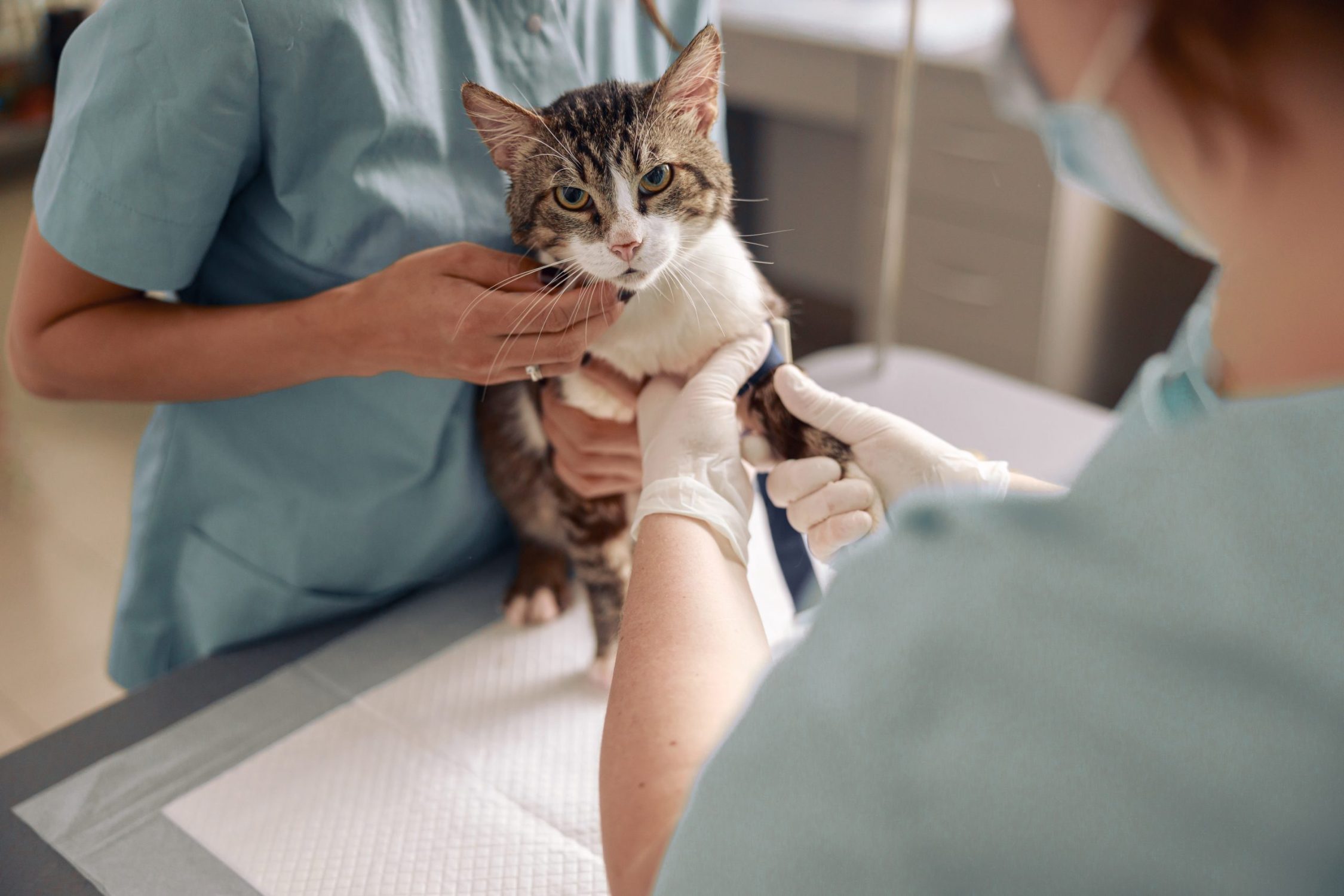
Symptoms of Broken Bones In Your Pet
Sometimes, signs of a broken bone can be difficult to detect. However, the most common symptoms include:
- Bruising and swelling
- Having trouble walking or limping
- Shortened, deformed, or twisted limb
- Changes in your pet’s behavior (depression, lack of appetite or aggression)
- Paralysis
- Bleeding or bone sticking out through the skin
Treating Broken Bones In Your Pet
If you suspect your beloved pet has sustained a fracture, it is important to seek veterinary attention as soon as possible. This will ensure your pet receives the correct diagnosis and treatment, and help to prevent any further complications.
When arriving at your veterinary clinic, your vet will examine your companion, monitor their vitals and take x-rays to identify the type of fracture and its severity. They will also check for any other injuries that may have occurred during the accident.
Once your pet has been diagnosed, your vet will discuss the best treatment options for your furry friend. This may include surgery, where a metal plate or pins are used to stabilise the bone while it heals, or a plaster cast. In some cases, your pet may need to be hospitalised for a period of time while they recover.
Transporting Your Pet
Moving your pet to the vet with a broken bone can be a challenge, especially when they are reactive and in pain. When carrying your pet, try to support their weight as much as possible and avoid moving them more than is necessary. For a suspected broken limb, gently slide a clean towel under the broken limb. Support the limb with the towel as you transport your pet.
However, if you are unable to move your pet or are afraid to do so, The House Call Vet offer mobile veterinary care and can come to you. This means your pet won’t have to endure any further stress and can receive the care and treatment they need in the comfort of their own home.
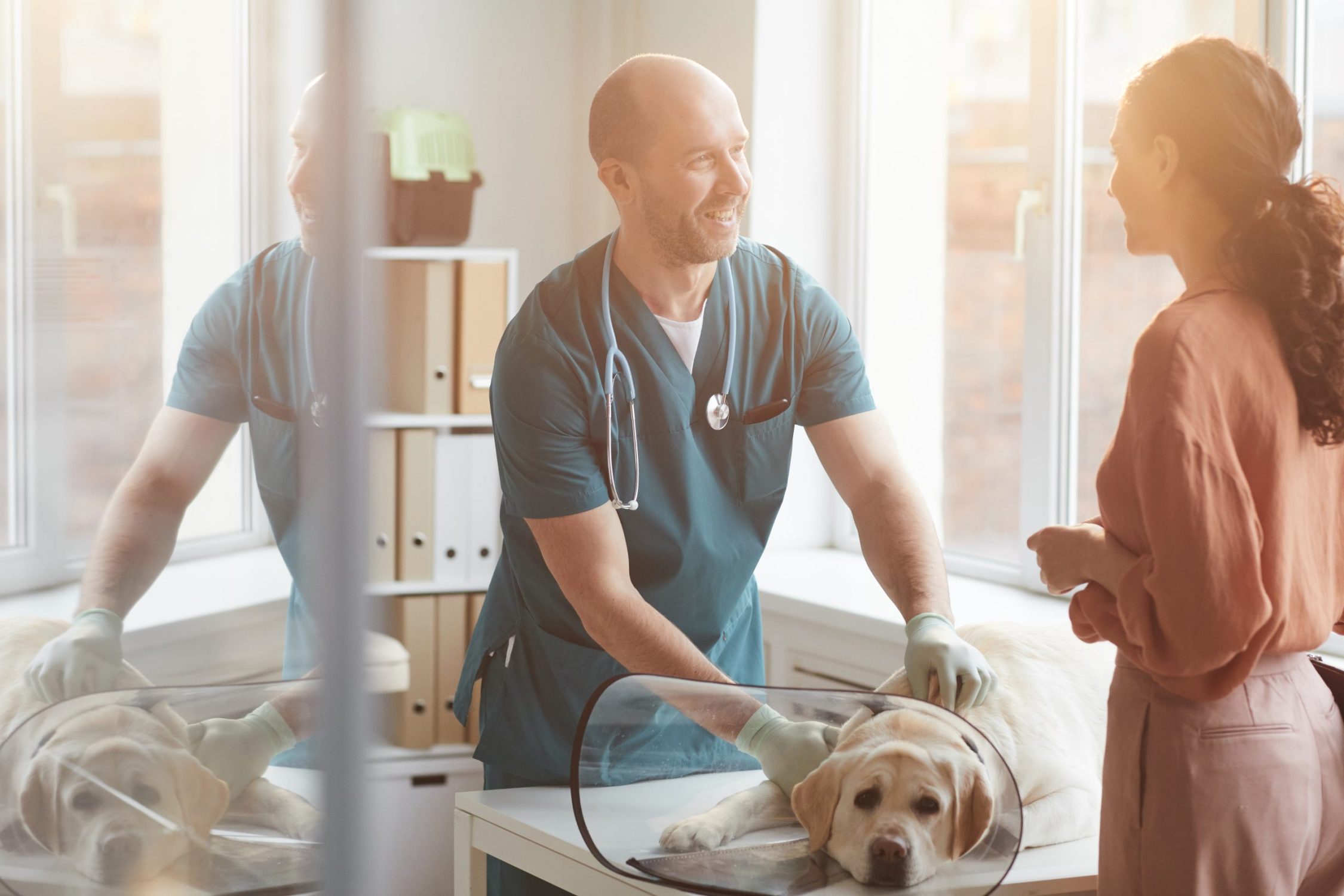
Caring For Your Pet
It is important for pet owners to play an active role in helping their companions recuperate and heal from a broken limb. Pets need plenty of rest to heal and should be kept calm and quiet. This means ensuring that there is no running, jumping or playing. Once your pet has been cleared by the vet, short leash walks are a great way to get some much-needed exercise and fresh air. Slowly increase the length and frequency of the walks as your pet’s strength and energy levels improve.
A healthy diet is also essential for healing and recovery. Pets need plenty of nutritious food to help repair damaged tissue and promote new cell growth. Your vet can recommend the best food for your companion, depending on their individual needs. Similarly is it important to administer painkillers, antibiotics, and special bandages according to your vet’s instructions.
Providing your pet with love and attention during their recovery is also crucial. This will help to keep them calm and relaxed. Spending time cuddling, grooming and stroking your pet will create a bond that will help them feel secure and comfortable during this difficult time.
Preventing Fractures & Accidents
While bones are strong, anyone can suffer from a fracture. Some accidents are unavoidable, however, there are a number of situations that make them more likely. Some fractures can be avoided by exercising your pet, avoiding dangerous situations and ensure they have a healthy diet.
Be sure to keep your space pet-proof by removing any potential hazards that could cause an accident. This includes loose wires, cords, and objects that could tripped over (especially for active and playful pets). It is also important to keep your pet on a leash when outside and in unfamiliar environments.
If you are ever unsure about the best course of action or have any concerns, don’t hesitate to contact your local veterinarian for advice.
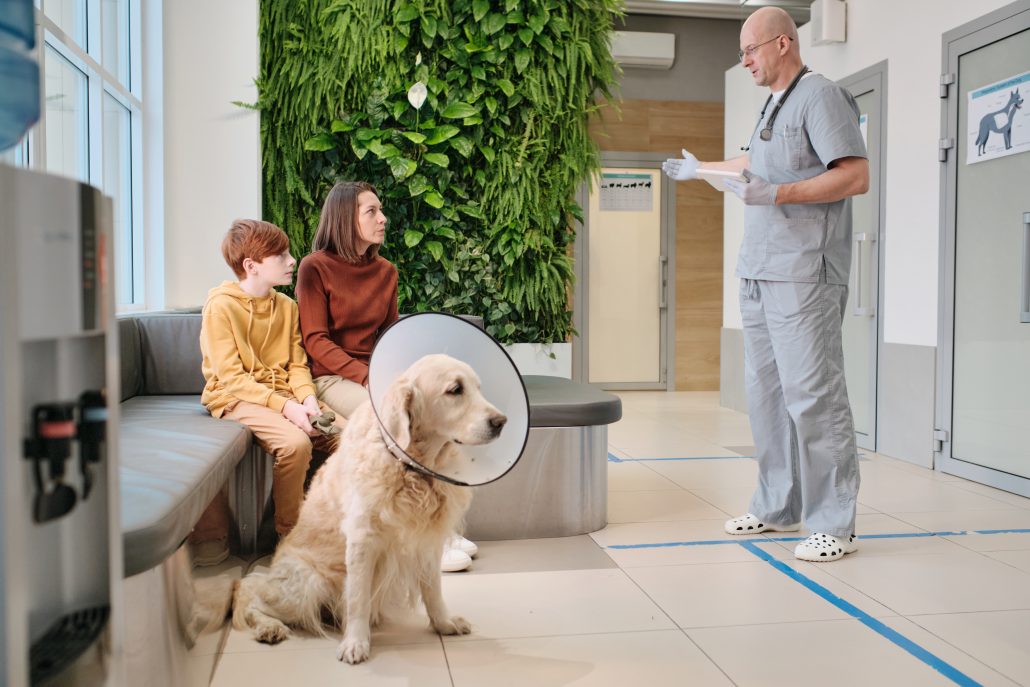
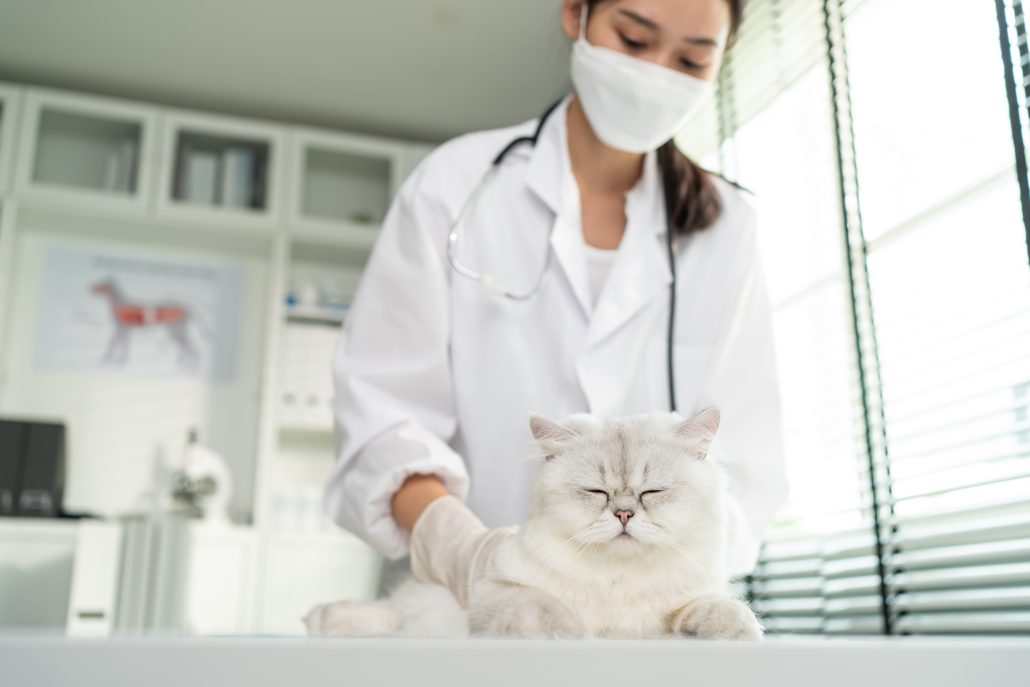
Key Takeaways About Broken Bones In Your Pet
As a pet owner, it is important to be aware of the risks of fractures and accidents. By taking some simple precautions, you can help to prevent these situations from occurring. If your pet does suffer from a fracture, it is crucial that you seek professional veterinary care as soon as possible to ensure a speedy and successful recovery.
The House Call Vet are a leading veterinary clinic, providing in-clinic and house call vet services across Brisbane. If your pet has suffered a fracture or any other injury, we can provide the best care and treatment to help them recover quickly and comfortably. Contact us today to find out how we can help your companion!

